The Future of Robotics: Innovations and Impact on Society
As technology continues to advance at a rapid pace, robotics has emerged as one of the most exciting fields, offering vast potential across various industries. From manufacturing to healthcare, agriculture, and even daily life, robots are reshaping the way we live, work, and interact with the world. In this blog post, we’ll dive into some of the key trends in robotics, the latest innovations, and the potential impact of robots on society.
The Rise of Collaborative Robots
Traditionally, robots were designed to work in isolation, performing repetitive tasks in factories, industrial environments, government fiels, healthcare and even your home. However, the introduction of collaborative robots, is changing the game. These robots are designed to work alongside human workers, enhancing productivity while ensuring safety and efficiency.
Cobots are equipped with advanced sensors and AI-driven algorithms, allowing them to interact with humans in real-time. lets talk In manufacturing, for instance, cobots assist with tasks such as assembling components, packaging, or quality control, helping workers to focus on more complex and creative aspects of production. This collaboration boosts efficiency, reduces the risk of human error, and ensures a safer working environment.
Robotics in Healthcare: Transforming Patient Care
One of the most promising applications of robotics is in the healthcare sector. From robotic-assisted surgeries to exoskeletons that help individuals regain mobility, robots are playing a pivotal role in improving patient outcomes and revolutionizing medical practices.
For example, surgical robots, such as the da Vinci Surgical System, enable surgeons to perform minimally invasive procedures with greater precision, leading to quicker recovery times and less pain for patients. Robotic prosthetics are also improving the quality of life for individuals who have lost limbs, providing more natural movement and advanced functionality.
Furthermore, robots are being used in telemedicine, where they assist doctors in remote consultations, making healthcare more accessible in underserved areas. The potential of robotics in healthcare continues to grow, with future innovations poised to enhance everything from diagnostics to rehabilitation.
Autonomous Robots in Agriculture
Agriculture is another sector that is embracing robotics to tackle challenges such as labor shortages, climate change, and food security. Autonomous robots are increasingly being used for tasks such as planting, harvesting, and monitoring crops.
For example, robots equipped with machine vision and AI can analyze soil health, detect pests, and apply pesticides only where needed, reducing the use of harmful chemicals and promoting more sustainable farming practices. Autonomous harvesters, like the ones being developed for fruit picking, can work around the clock, ensuring that crops are harvested at the optimal time, which can significantly reduce food waste.
With the global population projected to reach 9.8 billion by 2050, robotics will be crucial in ensuring that we can meet the growing demand for food while minimizing the environmental impact of farming.
Robotics and Artificial Intelligence: The Power of Integration
Artificial intelligence (AI) is at the heart of many recent robotics advancements. By combining robotics with AI, machines are becoming more autonomous, adaptable, and intelligent. AI enables robots to analyze large amounts of data, make decisions, and learn from their experiences.
For instance, AI-powered robots can navigate complex environments, identify objects, and even make real-time adjustments based on changing conditions. This integration is crucial for robots working in dynamic environments, such as delivery robots that must navigate busy streets or autonomous vehicles that need to adapt to unpredictable road conditions.
As AI technology continues to improve, robots will become even more capable of performing tasks that were once thought to be exclusively human—opening the door to new possibilities in industries like customer service, logistics, and beyond.
The Rise of Robots in Our Homes: Transforming Daily Life
Robots are becoming an integral part of our daily lives, transforming the way we live, work, and interact with technology. From cleaning to security, these machines are designed to make tasks easier and more efficient. As AI and automation continue to evolve, robots are taking on more roles in our homes. In this blog, we’ll explore the many ways robots are enhancing modern living.
Uses of Robots in Homes:
- Cleaning: Robots like robotic vacuums help with floor cleaning and maintenance, saving time and effort.
- Assistance: Personal assistant robots help with tasks like controlling smart devices, managing schedules, and providing companionship.
- Security: Security robots patrol homes, monitoring for potential threats and enhancing safety.
- Cooking: Cooking robots assist with meal preparation, making cooking faster and easier.
Conclusion: Embracing a Robotic Future
The future of robotics is incredibly exciting, with innovations promising to transform industries, improve quality of life, and address global challenges. As we continue to integrate robots into our daily lives and workplaces, we must also consider the ethical, social, and economic impacts to ensure a balance between progress and responsibility.
The field of robotics is just beginning to tap into its potential, and the next few decades will likely bring about even more groundbreaking advancements. Whether it’s enhancing human capabilities, improving business efficiency, or solving critical global problems, robots are here to stay—and they are changing the world for the better.
The integration of robots into our homes is one of the most exciting technological developments of our time. Whether it’s cleaning the house, assisting with tasks, or keeping us safe, robots are reshaping how we live. While there are challenges to overcome, such as ensuring privacy and data security, the benefits of having robots in our homes are clear. The future promises a more automated, efficient, and connected lifestyle—and we’re just getting started.
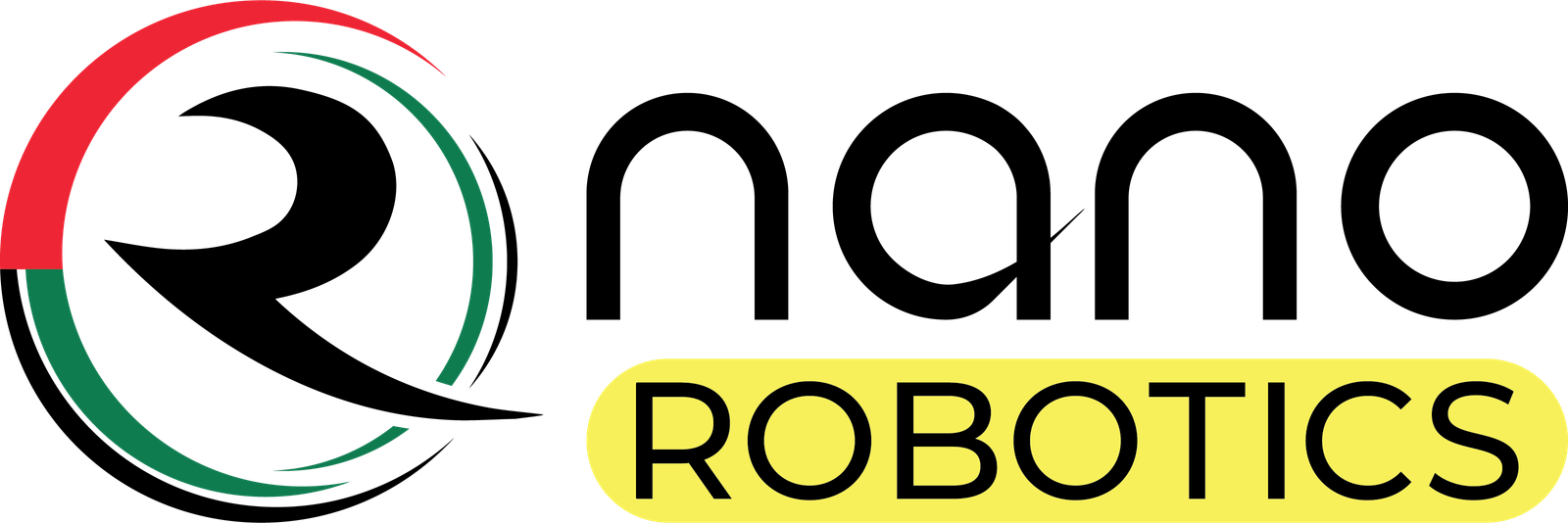
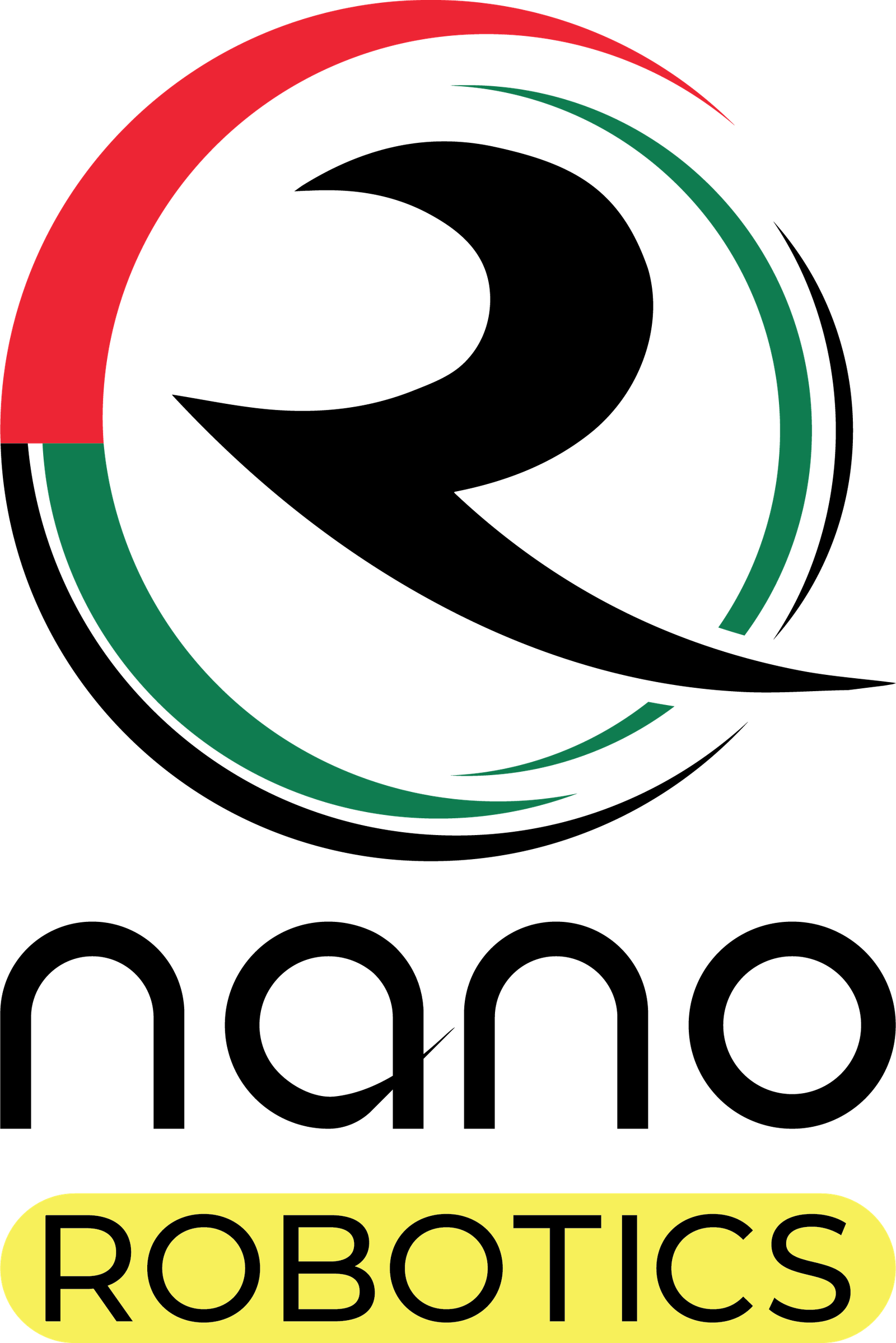
![45401_prod_02[1]](https://robotics.rnano.ae/wp-content/uploads/sites/3/2024/02/45401_prod_021-150x150.jpg)
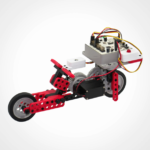
![9286_prod_01[1]](https://robotics.rnano.ae/wp-content/uploads/sites/3/2024/02/9286_prod_011-150x150.jpg)
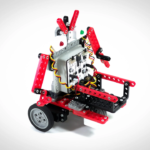
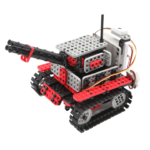
![45025_prod_01[1]](https://robotics.rnano.ae/wp-content/uploads/sites/3/2024/02/45025_prod_011-150x150.jpg)
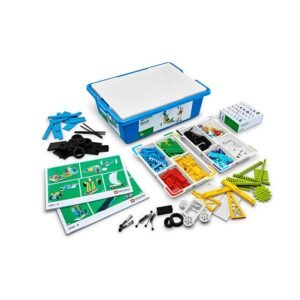
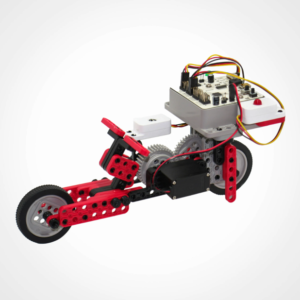

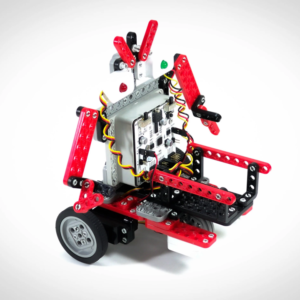
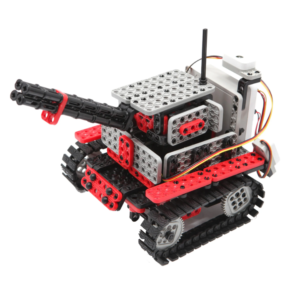

Leave A Comment